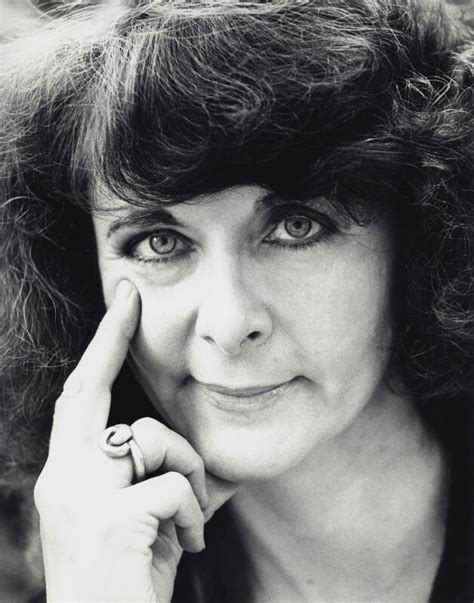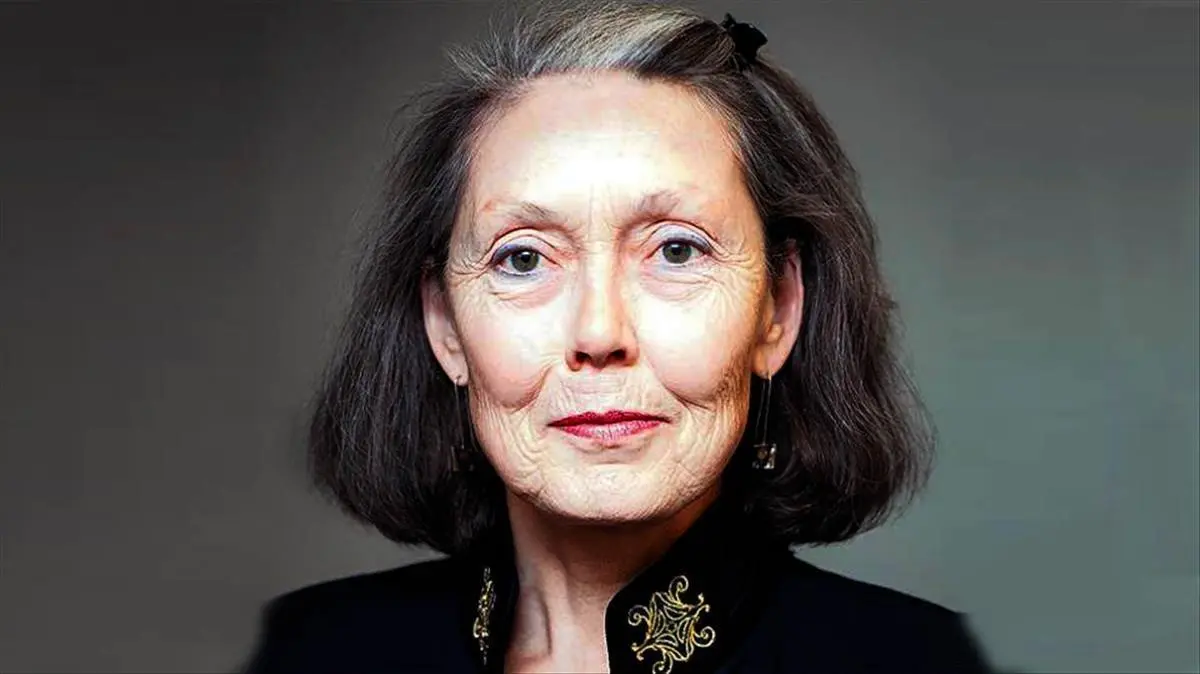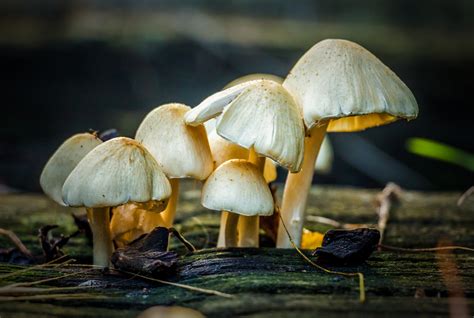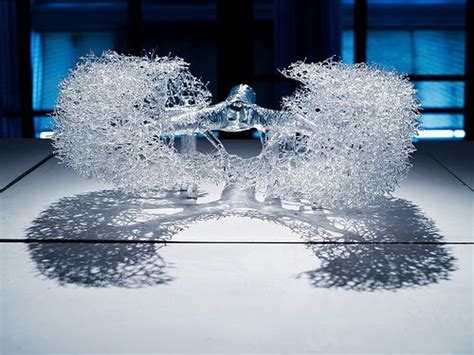One of my favourite artists Patricia Piccinini explores „otherness“, or „sameness“, depending on which way you look at it, in uniquely visceral sculptures. For the virtual exhibition Breathblooms and Lighthavens she worked for the first time with glass blowing at a residency at Canberra Glassworks. Piccinini herself said of this experience:
“I have wanted to work with glass forever, and these new sculptures are a wonderful opportunity for me to explore its elemental materiality. The fecund imagery of seeds and blossoms is played out against the paradoxical transparent solidity of these amorphous objects. These are objects that suggest the beginning of something, forms caught in the process of coalescing, animated by breath but frozen in the moment.”
Read More









